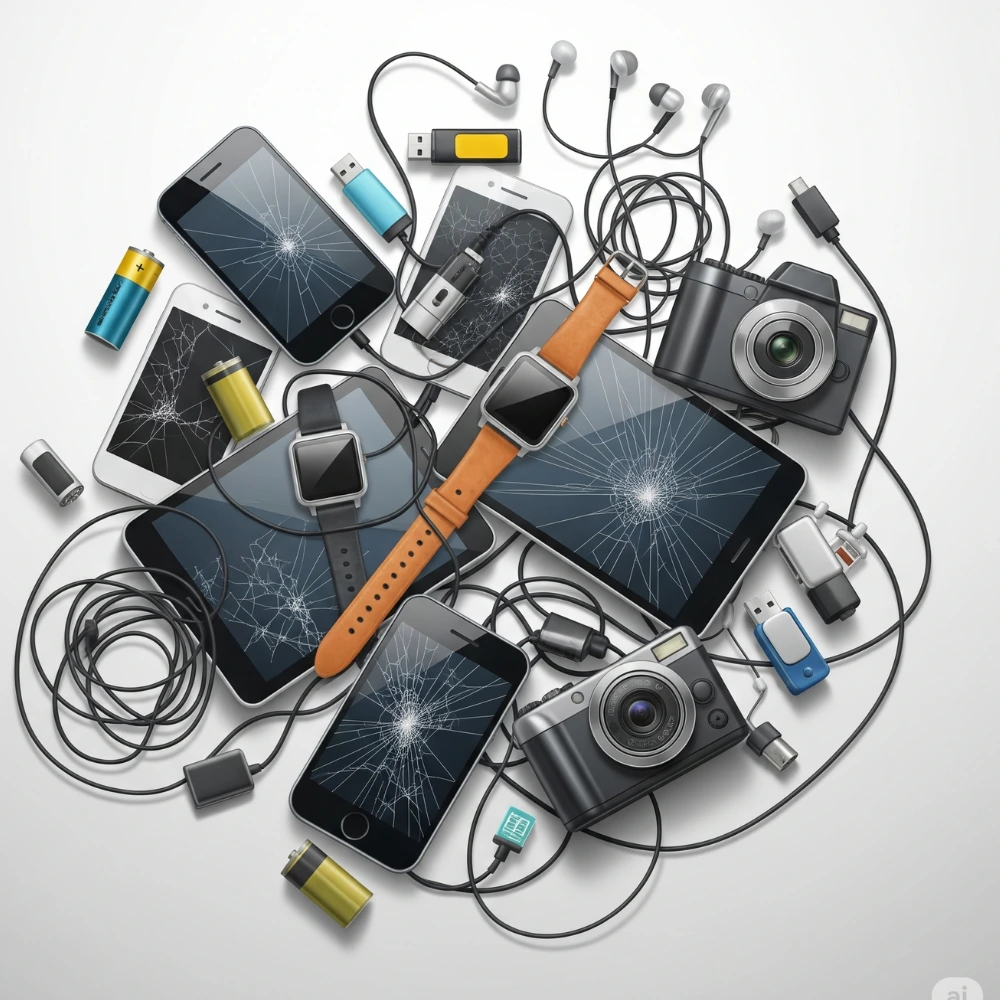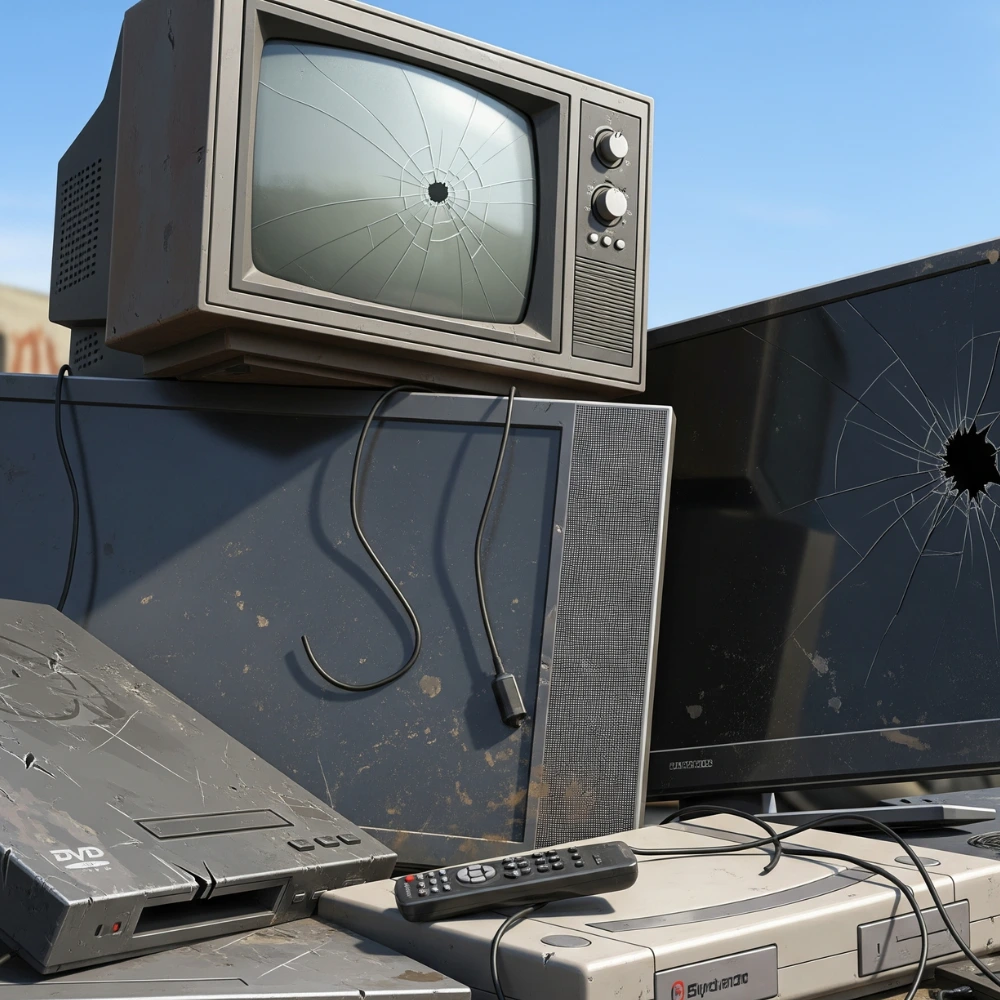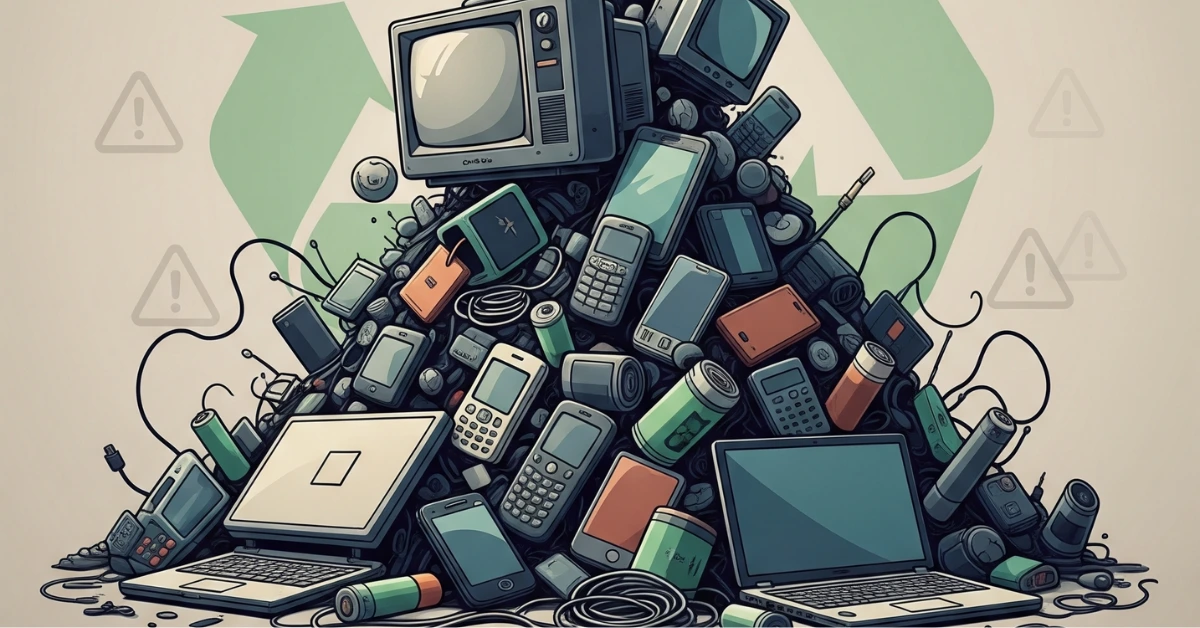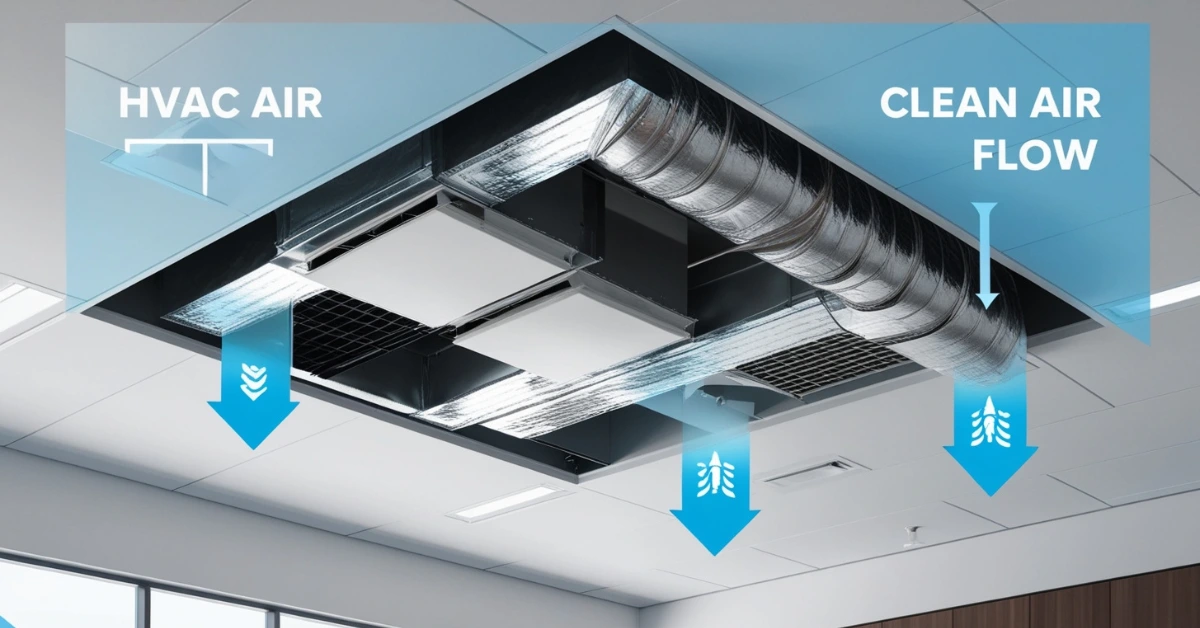Technology is a big part of our daily lives, and as we upgrade our gadgets, old electronics often end up as waste. This electronic waste, or e-waste, is growing at an alarming rate across the world. But what does e-waste actually mean and why should we be concerned about it?
What Is E-Waste and Why Should You Care?
In today’s digital world, we rely on electronic devices more than ever before. From smartphones and laptops to kitchen appliances and game consoles, technology makes life easier. But it also leaves behind a growing pile of discarded gadgets. This growing heap of discarded gadgets is commonly referred to as electronic waste or e-waste for short.
E-waste refers to any electronic device that is no longer useful, either because it’s broken, outdated or has been replaced. As technology continues to evolve rapidly, the amount of e-waste being generated globally is skyrocketing. Most people don’t realize how much e-waste they produce each year or how harmful it can be if not handled properly.
Why Is E-Waste Dangerous?
Many electronics contain hazardous substances that pose serious health and environmental risks if not handled properly. When dumped in landfills or burned, these devices can release toxic chemicals that harm:
- Soil and crops: From heavy metals like lead and cadmium
- Water sources: When toxic substances seep into underground water supplies
- Air quality: When burned, releasing toxic gases like dioxins and furans
- Human health: Causing respiratory problems, organ damage, and developmental issues
For example:
- Lead: Commonly found in older television screens, it can harm the human nervous system when improperly handled.
- Mercury: Present in some electrical switches and bulbs, it can contaminate water sources and threaten aquatic life.
- Lithium-ion Batteries: If damaged or overheated, these can overheat, catch fire or even explode, posing serious safety risks.
Common Types of E-Waste
In this article, we’ll explore five common types of e-waste, how they impact the environment, and what you can do to handle them the right way.
1. Large Household Appliances 
Large household appliances are some of the most common items that turn into e-waste. These include:
- Refrigerators
- Washing machines
- Air conditioners
- Microwave ovens
- Dishwashers
These appliances are usually made of metal, plastic and glass, but they also contain electronic parts like circuit boards and wiring. Some older models use harmful gases or chemicals as coolants, which can leak into the environment if not handled properly.
When these appliances break down or become outdated, many people simply leave them in garages or throw them away. Unfortunately, improper disposal can lead to toxic chemicals seeping into soil and water.
How to dispose of them properly:
- Contact your local recycling center or e-waste collection program.
- Check if the manufacturer offers a take-back or trade-in service.
- Donate working appliances to charity or resell them.
2. Small Electronic Devices
Small electronic gadgets are everywhere in our homes, offices, bags and even pockets. These include:
- Smartphones and tablets
- Digital cameras
- Bluetooth headphones
- Smartwatches
- MP3 players
Because technology changes rapidly, people often replace these devices even if they still work. Some are thrown away when the battery dies or a newer model is released. This constant cycle of buying and discarding contributes greatly to the e-waste problem.
These small gadgets contain precious metals like gold, silver and palladium but they also have dangerous materials like lead and lithium. If thrown in the trash, they end up in landfills and can leak toxins into the environment.
Better disposal methods:
- Return them to authorized e-waste recycling centers.
- Use manufacturer recycling programs like Apple or Samsung.
- Sell or donate devices in working condition.
3. Computers and Accessories
Another large portion of e-waste comes from personal and office computers. This category includes:
- Desktops and laptops
- Keyboards and mice
- Monitors and printers
- Routers and modems
As more people work or study online, the use of computer devices has increased. Older models often get replaced with newer and faster ones. Sometimes, even a broken keyboard or non functional printer leads to the entire system being thrown out.
valuable components:
- Copper wires
- Aluminum casings
- Circuit boards
- Hard drives and RAM
You can do as:
- Donate older working computers to schools or NGOs.
- Use e-waste recycling drives at offices or retail stores.
- Clear personal data from hard drives before recycling.
4. Televisions and Entertainment Device
Old TVs and entertainment gadgets are also major contributors to the e-waste stream. Common items in this category include:
- CRT televisions
- LED and LCD TVs
- DVD players
- Game consoles
- Set top boxes
Older TVs especially CRTs (cathode ray tubes) contain high levels of lead and other hazardous materials. They are large in size and often harder to recycle properly. Modern flat screen TVs and media devices have fewer toxic components but are often discarded too quickly when newer versions arrive.
Responsible recycling options:
- Check with electronics retailers for drop off or return programs.
- Join community collection events for large electronics.
- Avoid dumping old TVs or devices with regular garbage.
5. Batteries and Cables
Batteries and cables may seem small but they are among the most dangerous forms of e-waste if handled poorly.
This group includes:
- Rechargeable lithiumion batteries
- AA and AAA batteries
- Charging cables and adapters
- Power cords and extension wires
Batteries contain toxic substances like lithium, cadmium and nickel. If thrown in the trash, they can leak acid or explode in landfills. Old cables, though made mostly of plastic and copper also can pile up quickly and become a fire hazard.
Safe disposal tips like:
- Drop used batteries at special recycling bins found in malls or stores.
- Collect and bundle unused wires, then take them to an e-waste recycling center.
- Avoid burning cables, as the plastic coating releases harmful fumes.
Why It Matters?
Understanding the types of e-waste is the first step in solving the growing global issue of electronic trash. Every device you throw away has the potential to pollute soil, water and air or to be reused in a productive way. By identifying these five categories of e-waste, we become more aware of what we discard and how we can do it better.
Tips for Reducing E-Waste at Home
To keep your e-waste footprint small, consider these easy steps:
- Buy electronics only when necessary.
- Repair and reuse items instead of replacing them immediately.
- Donate old gadgets instead of discarding them.
- Use rechargeable batteries whenever possible.
- Raise awareness about the risks of throwing away electronic waste carelessly.
The Global Challenge
According to global estimates, over 50 million metric tons of e-waste are generated each year and only around 20% is recycled properly. The rest is either dumped illegally or burned in open air pits, often in poorer regions with little safety protection. This creates environmental justice issues, where vulnerable communities bear the burden of the developed world’s waste.
Final Thoughts
E-waste is a serious environmental challenge, but it’s one we can tackle with awareness and responsible actions. From large appliances to tiny batteries, every item plays a role in the bigger picture. Knowing the five common types of e-waste helps you make smarter choices that protect your health, your home and the planet.
If everyone takes even a small step like recycling an old phone or donating a working printer. It can lead to a big change in how we manage electronic waste around the world.



